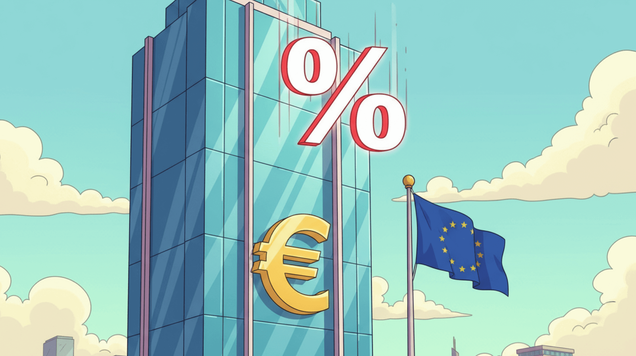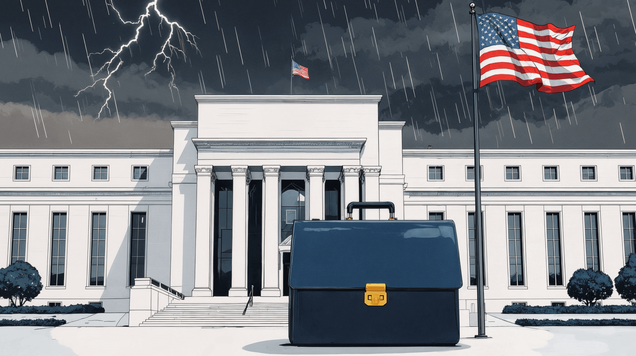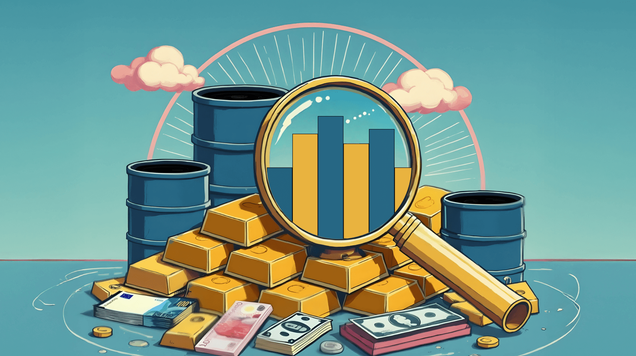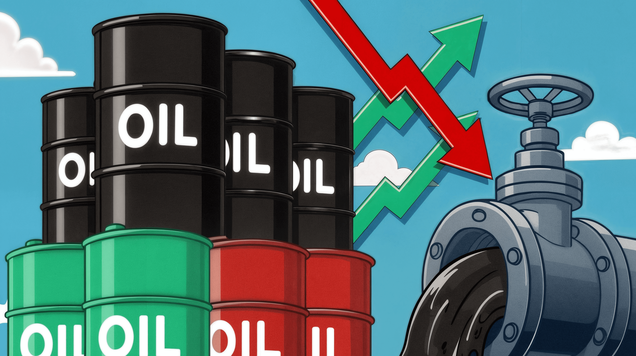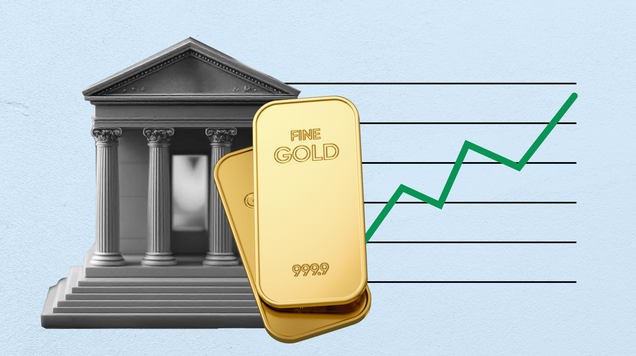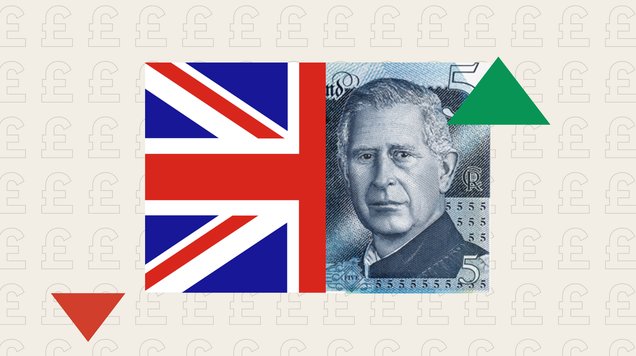Gold Q4 2025 Outlook

Gold near highs as central banks and seasonality support
Gold enters Q4 2025 near record highs, supported by falling real yields, persistent central bank demand and seasonal factors. While risks remain from a potential rebound in real yields or a stronger US dollar, the broader backdrop still points to a constructive outlook into year-end.
Gold keeps breaking records
Gold has pushed to repeated record highs this year, supported by three powerful forces: falling real yields, a softer global growth outlook and heightened policy and geopolitical uncertainty. In Q4, the path still looks upward as long as real rates continue to drift lower on expectations of monetary easing and as concerns over fiscal sustainability persist. Seasonal factors also help, with festival and wedding demand in India typically strengthening late in the year, while year-end portfolio rebalancing often favours safe-haven assets such as bullion.
The main risk to this upward trend would be a sharp and lasting rebound in real yields or a rapid rise in the US dollar, which would tighten global financial conditions and dampen demand outside the United States.
Central banks anchor the gold market
In Q2 2025, central banks purchased a net 166 tons of gold, down from about 183 tons in Q2 2024, a decline of roughly 9.3% year-on-year. Despite the moderation, central banks remain a cornerstone of gold demand as they diversify reserves away from the US dollar. Official-sector buying continues to serve as a quiet anchor of this bull market.
Central banks, especially in emerging markets seeking to diversify reserves, continue to accumulate gold as a politically neutral asset that reduces reliance on the dollar and lowers exposure to sanctions and settlement risks.
This steady demand has often cushioned the impact of volatile ETF flows from international investors, particularly those in Western markets. Going into Q4, three factors will be key:
- whether reserve managers continue buying on price dips during yield-driven pullbacks;
- how sanctions and currency volatility shape reserve decisions;
- whether gold miners pause or step up de-hedging.
Persistent buying by central banks also makes price corrections less severe, as official demand can quickly stabilise the market.
Macro drivers: rates, dollar and safe-haven demand
Gold’s performance is closely tied to real interest rates, the dollar and its role as a risk hedge. If growth slows while inflation stays firm, policymakers may cut nominal rates more quickly than prices fall, driving real yields lower and supporting bullion. A weaker US economy, renewed recession fears or fresh strains in banking and credit could also lift safe-haven demand.
On the other hand, if US inflation surprises to the upside and pushes real yields higher without a risk shock, gold prices could come under pressure. Other factors to watch include China’s pace of stimulus, which influences jewellery and bar demand; futures positioning, where short squeezes or long unwinds can spark volatility; and fiscal developments that reinforce gold’s role as a long-term store of value. Overall, the outlook remains positive into year-end, though swings around major data releases and central bank meetings are likely.
Gold price vs. 10-year US real yield, YTD to Q4
Gold prices have climbed steadily in 2025 as US real yields moved lower, highlighting the strong link between the two.


